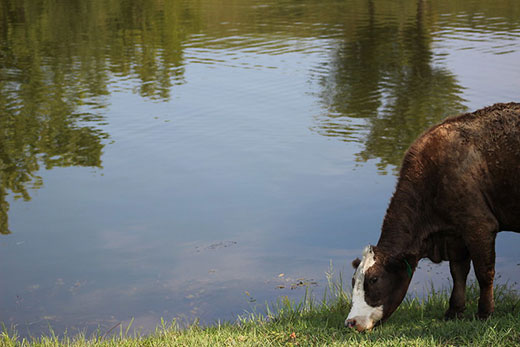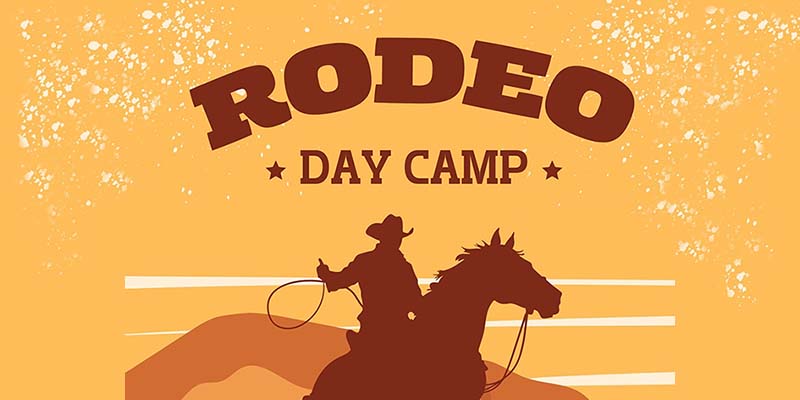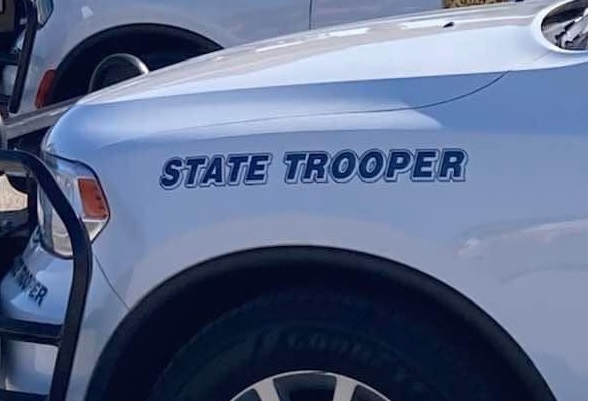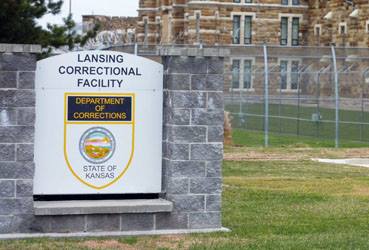No one needs to tell Kansas’ farmers that the state is suffering from drought. The agricultural industry is well aware of the negative impacts, from failing crops and erosion runoff to decreased livestock grazing and hay inventory concerns.
“Right now, 90% of the state is in a drought status and just below 60% of the state is in severe, extreme, or exceptional drought status,” said K-State Research and Extension fisheries and aquatics specialist Joe Gerken. “To put that into perspective, at this time last year less than 1% of the state was in those statuses, so it’s a very dry year.”
“Some of the areas in northeastern Kansas are experiencing normal rainfall, but a lot of the state is experiencing drought this year.”
Soil degradation is a major concern, Gerken added, because when soil dries out it is unable to pick up as much moisture as before, which may lead to wind erosion and runoff. When there is rainfall, sedimentation, nutrient runoff and eutrophication may increase in waterways, potentially resulting in oxygen depletion from plant and algae growth.
Blue-green algae and wildlife populations
Gerken said blue-green algae blooms worsen in areas with a moderate drought because of the concentrated nutrients in low water levels and warmer water conditions.
“Blue-green algae can be a concern for pets, livestock and humans,” he said. “If you see something that looks like paint on the top of your pond or stream, you definitely want to give the department a call so we can check that out.”
While blue-green algae are present all the time, the blooms are what cause sickness. Fish have adapted to live with the presence of blue-green algae and usually remain unaffected.
“You wouldn’t want to eat the liver of a fish. If you’re handling the outside of a fish while fishing make sure you wash your hands,” Gerken said. “But the fish generally don’t get hurt from blue-green algae, so they’re safe to eat otherwise.”
But Gerken said drought does negatively impact fish populations. A decrease in water surface area means less oxygen and more fish kills.
“After drought, you get fragmentation events where the streams aren’t connected anymore and the populations tend to homogenize,” Gerken said. “We lose some important species that maybe aren’t as high in density. Focusing on how to get the streams back connected and having water flow in them once we get out of the drought conditions is important.”
The severe impacts of drought in western Kansas pose a threat to pheasant and quail populations, as well. Nesting habitats are decreased when native grasses thin and food may become scarce with reduced broadleaf vegetation and forb growth.
Gerken said hunting usually is still allowed during periods of drought because it is hard for hunters to have a meaningful impact on bird populations compared to drought-induced habitat changes.
“We just want to make sure we’re making some improvements in their habitats on good years so we can increase their populations moving forward,” Gerken said.
Recovery
Depending on the severity and length of drought, recovery can take months or even years. Having a plan to reduce the effects is needed in preparation for drought conditions.
“Maybe it means we’re going to reduce grazing a little bit in good years so that the plants aren’t as heavily forged and can have a chance to sustain themselves and handle the drought a little better,” Gerken said. “Maybe it means we’re going to reinvest in some irrigation so that we have more water efficient irrigation systems.”
Gerken added that drought is a natural part of the ecosystems and having a management plan for different agricultural practices is needed to prevent extreme impacts.
For more resources, Gerken recommends reaching out to local extension agents, contacting the Natural Resources Conservation Service, or looking into resources available from the United States Department of Agriculture.



